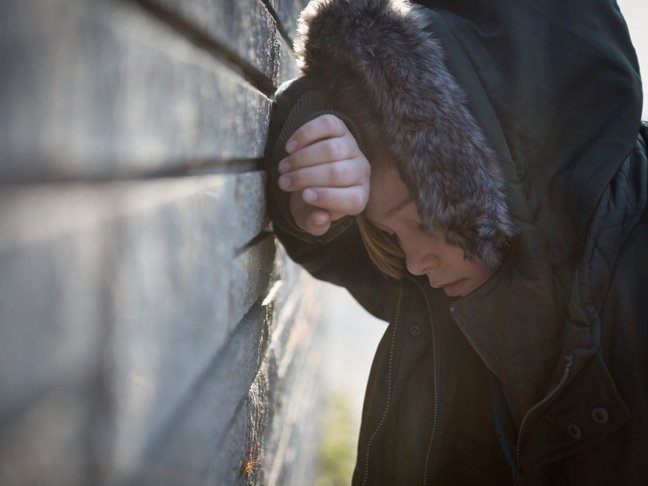Last week a Ohio dad’s video went viral when he recorded his 10-year-old daughter walking miles to school in 30-degree weather. Why was she walking? She was suspended from the school bus service for bullying. Whether you agree with this dad’s “tough love” or not the fact remains that as parents we have to deal with the realities of bullying across the spectrum.
When people hear the word bullying, they often think about acts of physical aggression between kids, but there are many different types of bullying. It can be difficult to get accurate statistics on bullying because many people don’t understand the definition of bullying and not all kids report instances of bullying. But, according to the latest statistics, between 1 in 4 and 1 in 3 students say they’ve been bullied at school.
Here’s what you need to know about bullying, including how to help your be proactive kids, whether they become victims of bullying or they see another child being bullied.
What are the different types of bullying?
Bullying includes repetitive, unwanted aggressive behavior. There is a perceived (or observed) imbalance of power between the bully and the victim, and the likelihood of repetition is high. Bullying can occur in any number of places, contexts, or locations.
The two core types of bullying include direct bullying (occurs in the presence of the victim) and indirect (victim is not targeted in person, such as rumor spreading). Beyond that, bullying is actually broken down into the following subtypes:
1. Physical
This is the most obvious and easiest to identify, as it includes physical aggression.
2. Verbal
In this type of bullying, perpetrators use words, statements, and name-calling to gain power over victims. This can be difficult to identify, as it is often done when adults are not around.
3. Relational Aggression
Also referred to as “emotional bullying,” this sneaky form of bullying often goes unnoticed by teachers and adults. This social manipulation can include rumor spreading, isolating peers, breaking confidences, triangulating, alliance building, and public embarrassment.
4. Damage to property
This includes destroying property belong to the victim.
5. Cyberbullying
This includes use of Smartphones, tablets, laptops, text messaging services, email, social media, and other forms of technology to target a peer by sending harassing messages, spreading rumors, leaving hurtful comments or messages, posting harmful pictures, or making threats.
It is important to note that bullying can also be prejudicial in nature (targeting kids of different races, religions, or sexual orientations), and/or sexual (including unwanted touch, sexual comments/vulgar gestures, sharing of pornographic material, slut shaming, and sexual propositioning).
How can parents teach their children about bullying?
The bad news is that we can’t completely shield our kids from bullying. Even if a child is not targeted, chances are he will witness some form of bullying at some point. The good news is that we can help our kids understand what to do if they do experience or witness bullying.
1. Educate your kids about bullying. Kids need to understand the difference between an age appropriate argument or misplaced frustration and bullying. The term bullying is often overused and this creates confusion for kids. Teach your kids about the different kinds of bullying they might encounter. Stick to facts and concrete examples.
2. Ensure that they have a safety net. Every child needs to identify a supportive person at school that he can go to when he needs help. This might be the classroom teacher, or a school counselor. Kids need to know who their touchstones are when they are away from home.
3. Teach your kids to be empathetic. Focusing on empathy doesn’t let the bully off the hook, but it does help your child create emotional space from the situation. If your child can think, “He must be having a really hard time to do that to me,” she can step away from the hurtful behavior and avoid internalizing the feelings of the bully.
4. Practice how to respond to bullies. It’s important to practice speaking up at home so that kids don’t freeze up in the moment. Ask your child to help you think of typical situations he might encounter and practice appropriate responses. Comebacks should be quick and to the point. Try: “Stop bothering me,” or “Don’t touch me.”
5. Make sure kids know when to seek help. Many kids wait or avoid seeking help because they think telling a teacher will make the bullying worse. Talk about when and how your child should get help.
6. Teach your child to help a peer in need. She could, for example, invite another child to join the lunch table, speak up for another child, or even simply stand next to a child being bullied and whisper, “Let’s go play somewhere else.”
Bullying is complicated and can be difficult to spot. More often than not, kids endure a lot of bullying before they seek help. Regular conversations about friendship, empathy, and bullying provides an opening for your child to talk to you if bullying occurs.
Photo: Getty








